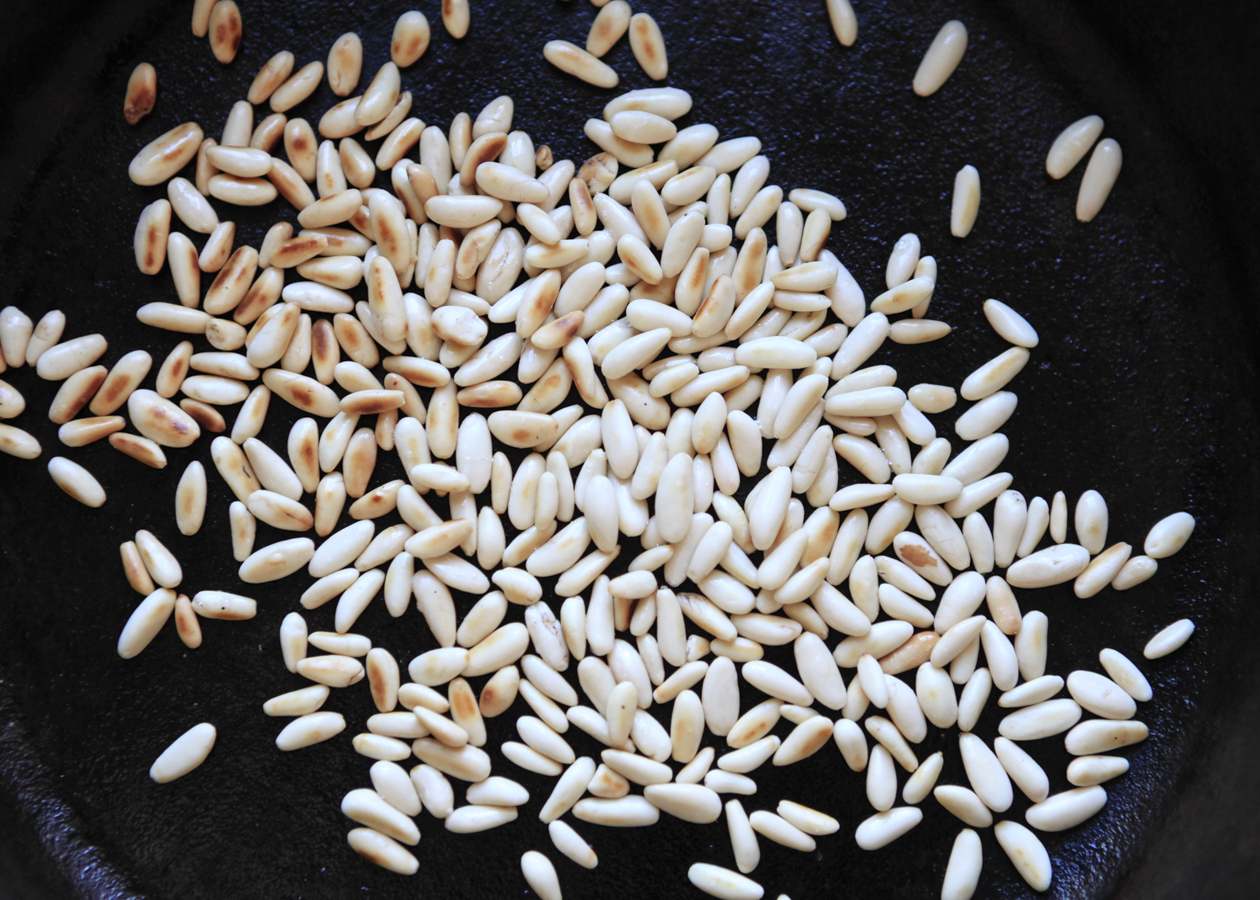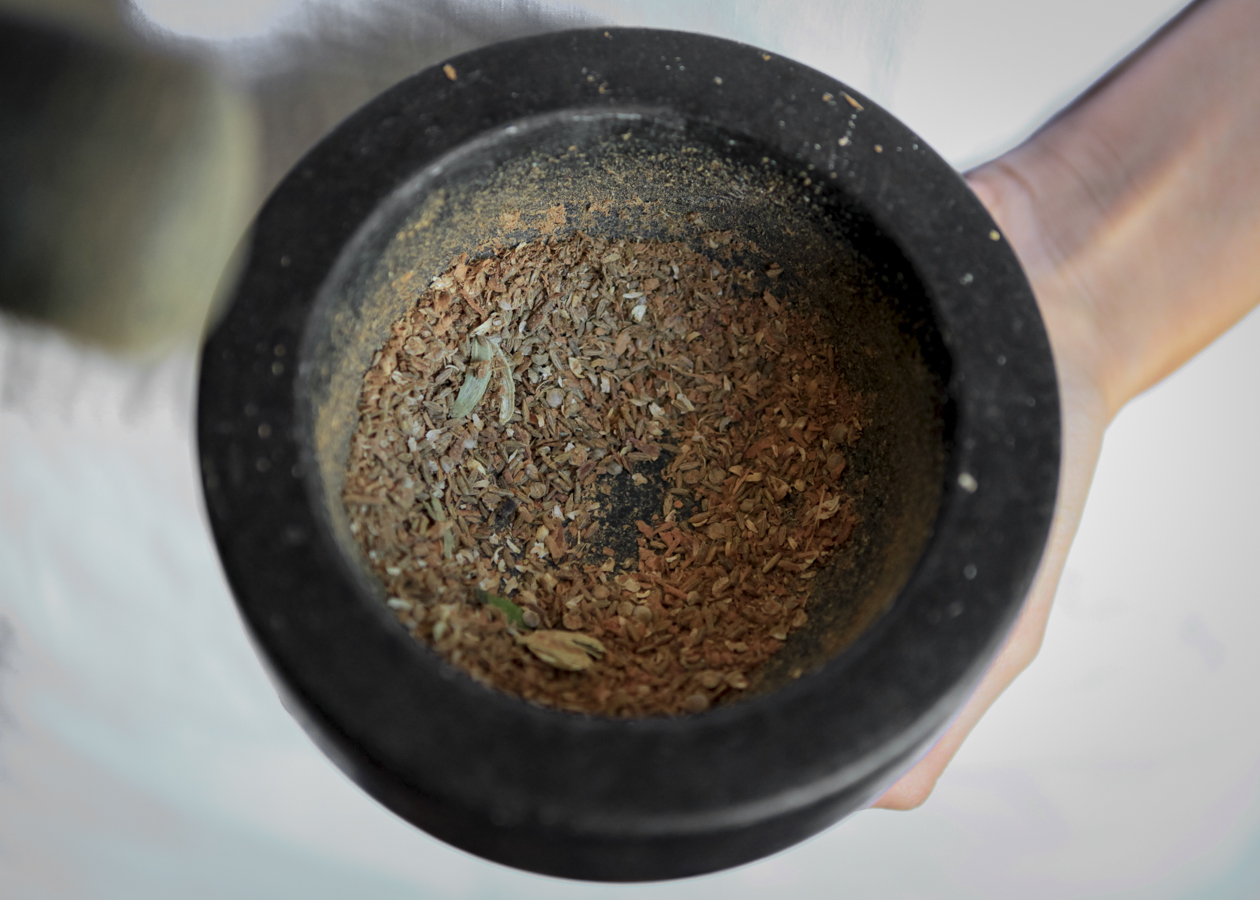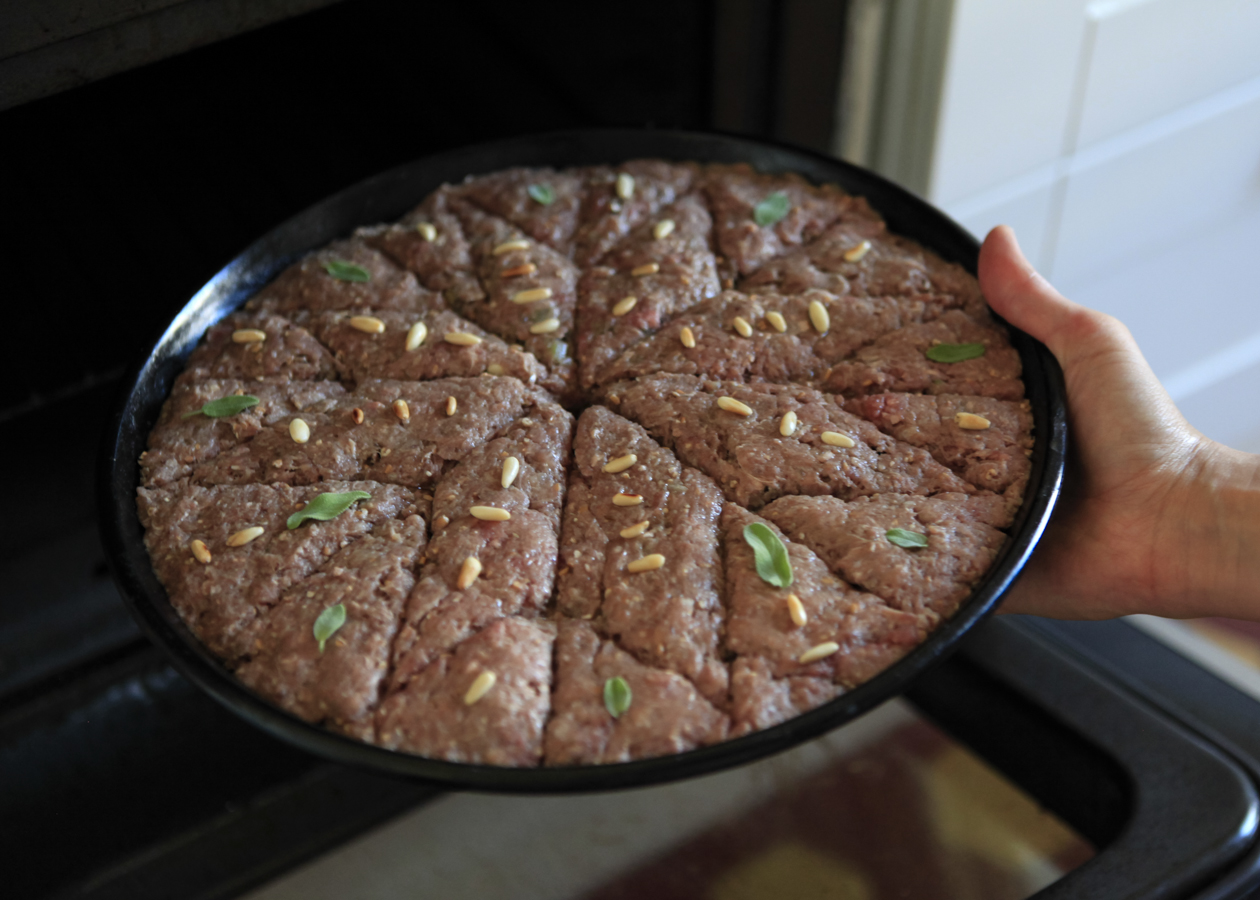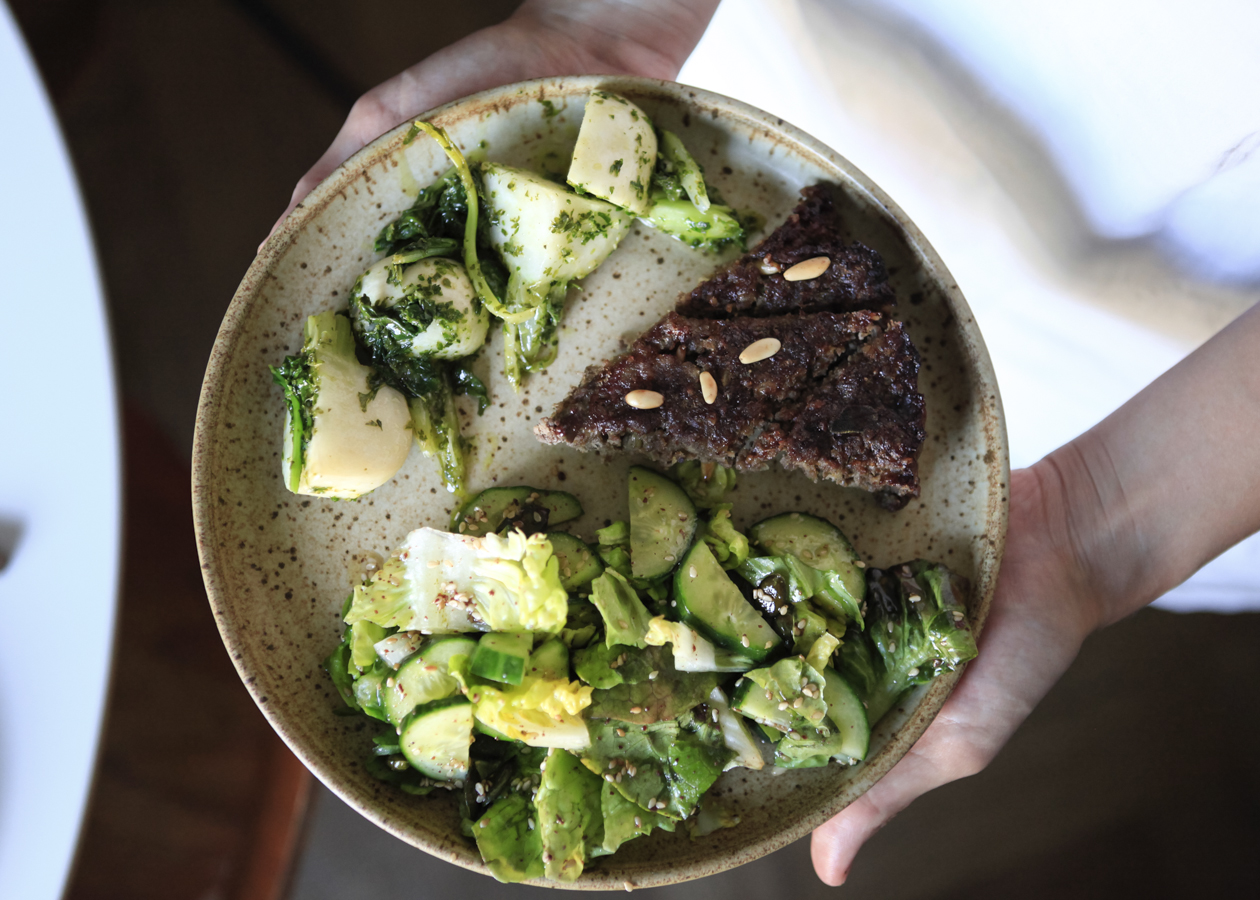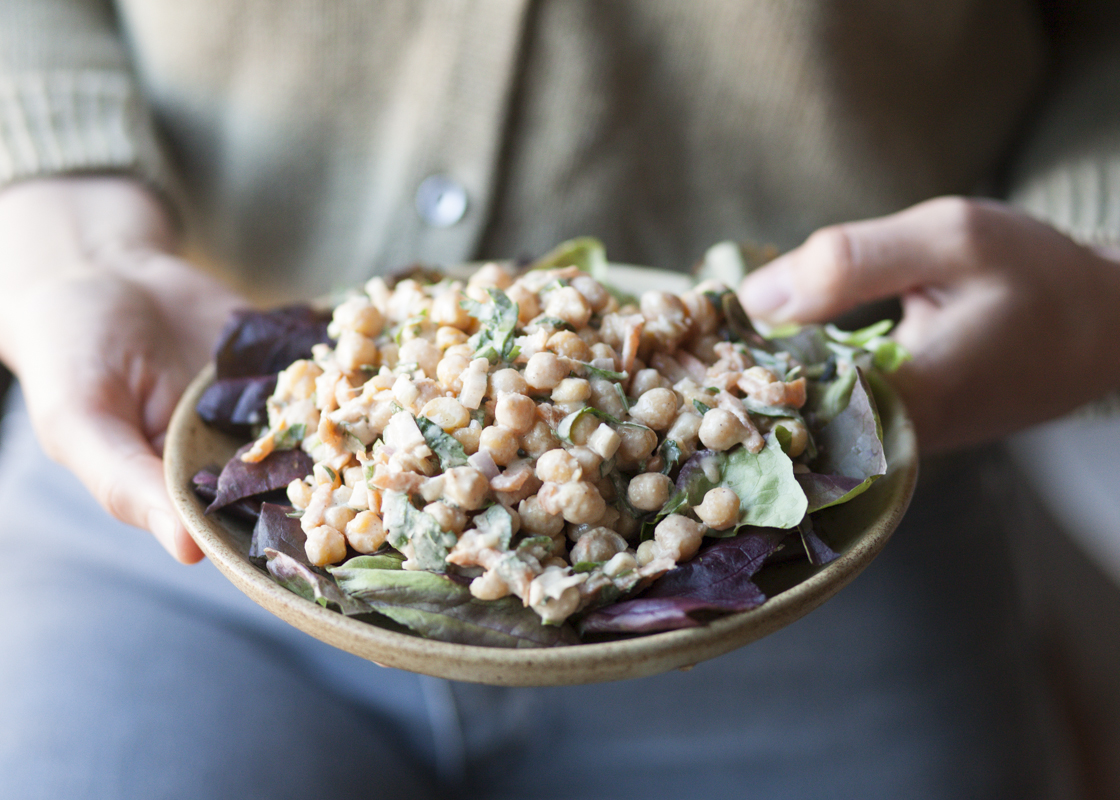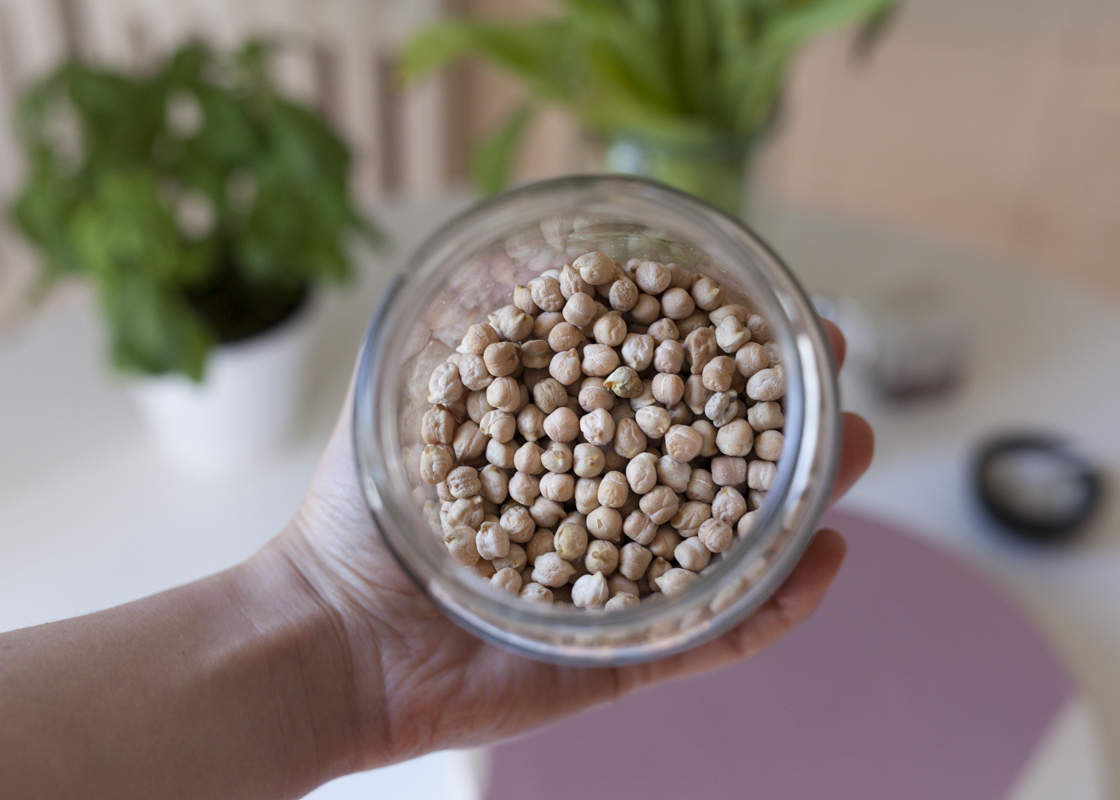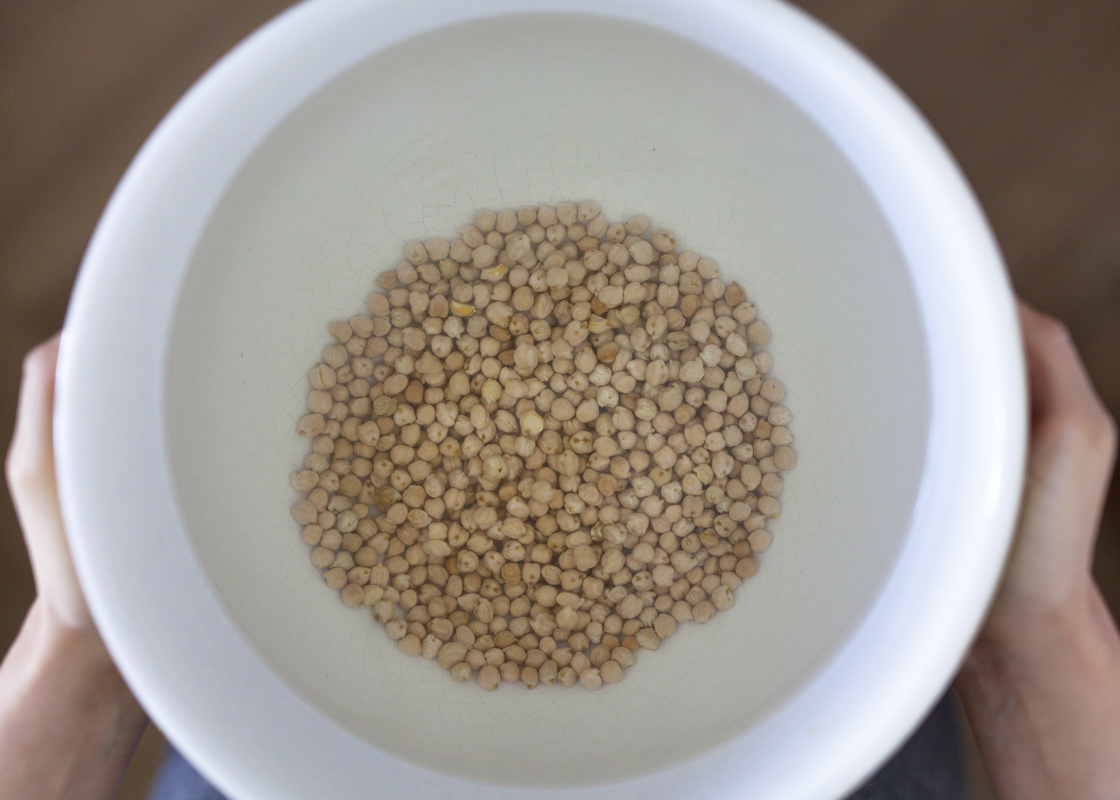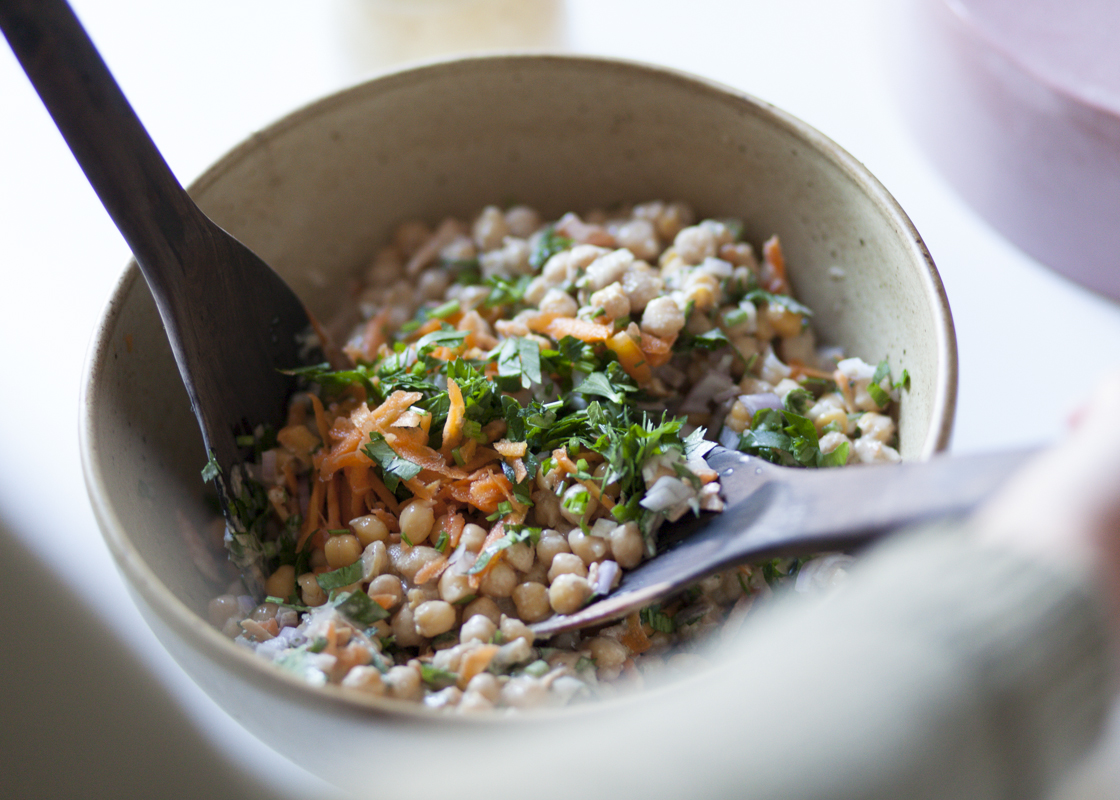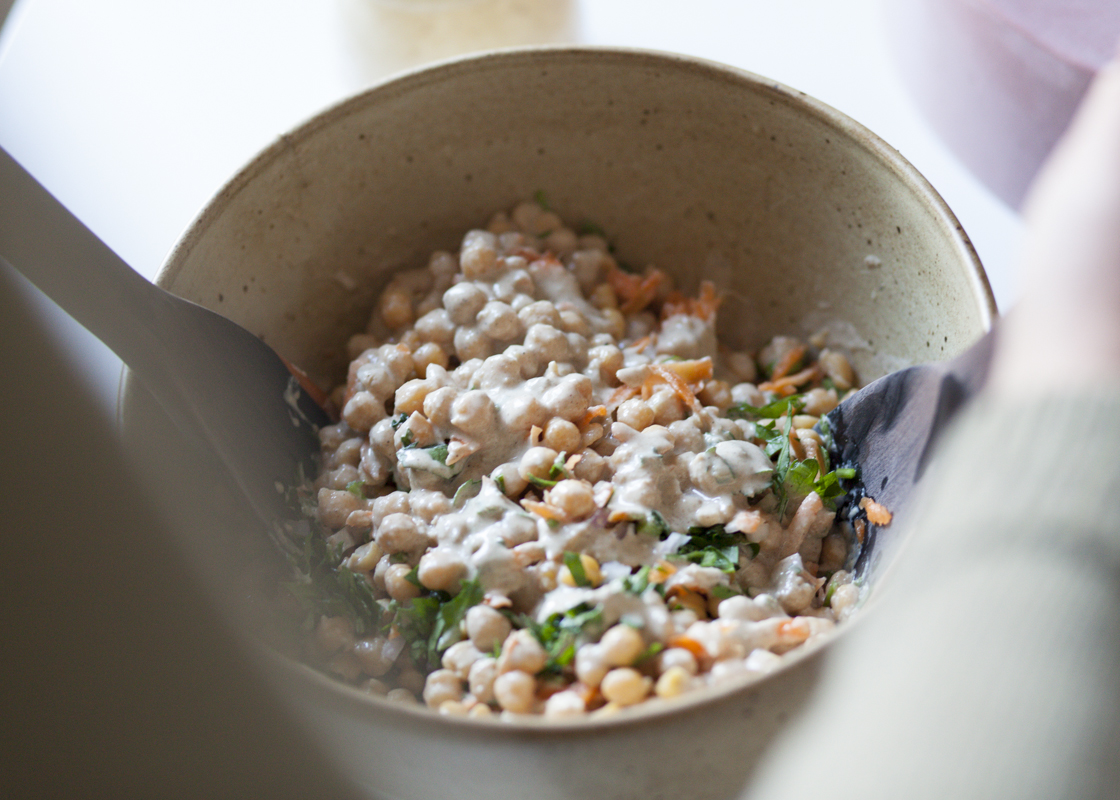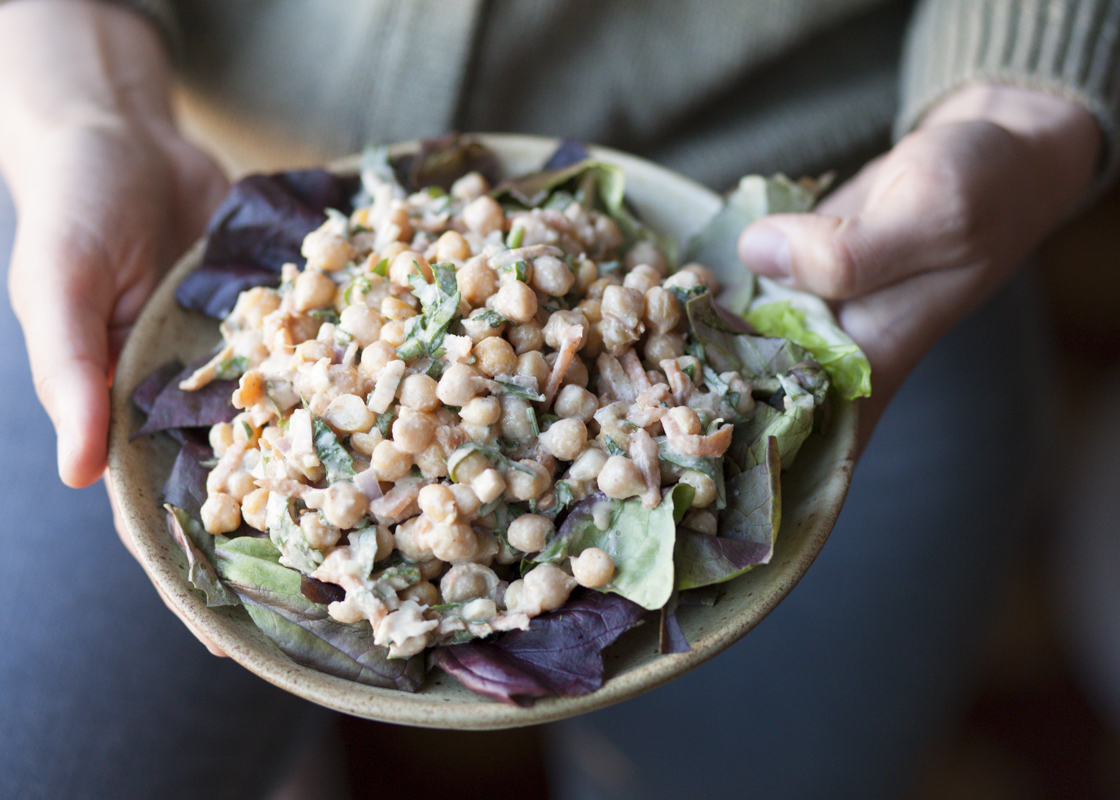Lately, I’ve been thinking a lot about nostalgic food, what it means when we eat something that’s linked to a cultural experience, a specific place or person.
There’s this study that was conducted more than 10 years ago that I often turn back to. In essence, it tested the nutritive value of nostalgia, of pleasure in food, in eating.
A group of Swedish women and a group of Thai women were given two meals (one, traditionally Swedish, the other traditionally Thai) with the same nutritional content of iron and then tested to see how much iron they’d absorbed from each meal.
This study was conducted when the idea that “a calorie is a calorie” was huge (which I suppose, in some circles, still is), and I imagine that their findings were, at the time, a revelation. The Swedish women absorbed only half the amount of iron from the Thai meal as the Thai women and vice versa.
But it didn’t end there. Both meals were placed in a blender and each group was given a blended version of their traditional meal. Once again, absorption rates were far lower than when they’d eaten the meal as they remembered it and when it was, most likely, beautiful (because can we all just admit that blended is not nearly as beautiful as un-blended [which is why all sorts of berries and bee pollen are added to the tops of smoothie bowls, yeah?]).
This study is still fascinating to me for 2 main reasons.
#1: Nostalgic foods, comfort foods do more than just nourish our weary souls; they increase the absorption of nutrients that nourish us in a very tangible way.
#2. The lattice-crust, the edible wildflower, heck, even the parsley garnish. These little touches that make our meal more beautiful also make our meal more nutritious. Turns out there’s a deeper calling to make our food beautiful than impressing our dinner guests or instagram followers. (That being said, I know this dish isn’t *technically* the most beautiful [it is essentially a meat-pie, after all], but the pine-nuts and sage-leaves and pretty pattern do help).
Which brings me to kibbeh, specifically kibbeh bil sanieh which is essentially meat and pine nuts in a meat and bulgur shell. Kibbeh is an incredibly nostalgic food for me. Growing up with an Iraqi grandmother she always seemed to have a pie plate of it in her fridge, which we often ate cold and with a side of torshi.
I don’t have my grandma’s recipe for kibbeh, sadly, but this version comes pretty close. For those w/o deeper ties to middle eastern culture, perhaps you’ve tried other kinds of kibbeh — football shaped and fried seems to be the most ubiquitous –braise those in tomato sauce and you’ve got a traditional Iraqi preparation, though one I don’t ever remember my grandma making.
I’ve been wanting to recreate her version of kibbeh for a while now, as for me, it’s a perfect Summer food, when you want to reserve turning on your oven on for fruit pies and the like. You can make it at the beginning of the week and you can keep it in the fridge and bring it along on picnics for days after (I’d say at least 3), or you can even freeze half of it for those Summer nights when a dinner-game-plan has fallen by the wayside.
Kibbeh Bil Sanieh
For the baharat (adapted slightly from Ottolenghi’s Jerusalem):
Ingredients:
- 1 teaspoon coriander seeds
- 1 small cinnamon stick, cut into shards
- 1/2 teaspoon cloves
- 2 teaspoons cumin seeds
- 2 teaspoons cardamom puds
- 1/2 whole nutmeg grated
Directions:
Grind everything together in a mortar and pestle or spice grinder. Store in sealed glass jar.
For the dough:
Ingredients:
- 1 and 1/2 cup bulgur wheat, soaked overnight and drained thoroughly the next day
- 700g ground grass-fed beef
- 2 large yellow onions, cubed
- 2 tablespoons baharat
- 1 teaspoon Celtic sea salt
- handful of sage leaves
For the filling:
Ingredients:
- knob ghee
- 1 large yellow onion, minced superfine
- 1/2 cup beef bone broth
- 500g ground grass-fed beef
- 1 tablespoon baharat
- sprinkle Celtic sea salt
- 1/2 cup pine-nuts
Directions:
- Make the dough first, as it should chill for at least 2 hours in the fridge. Add cubed onions to a food processor and process until the onions start releasing their juices. Add beef, baharat, salt and bulgur to processor and process until everything comes together in a pale-colored, paste-like dough. Cover and chill in the fridge.
- On medium heat, toast the pine nuts until golden brown.
- While pine nuts are toasting, heat big skillet on medium-heat and melt ghee. Add onion and pinch salt and let cook for a few minutes.
- Add beef, salt, bone broth and baharat and cook until everything is browned.
- Turn off heat and mix in pine-nuts, reserving a few for the topping.
- Set aside meat mixture and let cool.
- Start the crust: separate your dough into two even halves. Use a little bowl of cold water to dip your hands while molding the bottom crust (it will make it easier to shape the crust).
- Add filling.
- For the top crust: Grab little pieces of dough and mold into a ball. Press the ball flat between your palms and place it atop the meat filling. You’ll work like this for the top; almost like patchwork, patching the little flat pieces together until they completely cover the filling.
- Score your kibbeh — here is a lovely illustration.
- Press your thumb into the center of the pie down to the pan. Add a little olive oil to a bowl and use a brush to make an oil-wash on the top of your kibbeh. I made a pattern w/ pine-nuts and sage leaves on mine; get creative, go wild!
- Bake in oven at 180C for 30-40 minutes, or until kibbeh is browned and crust is cooked through.
- Serve w/ fattoush, torshi and cooked greens.
